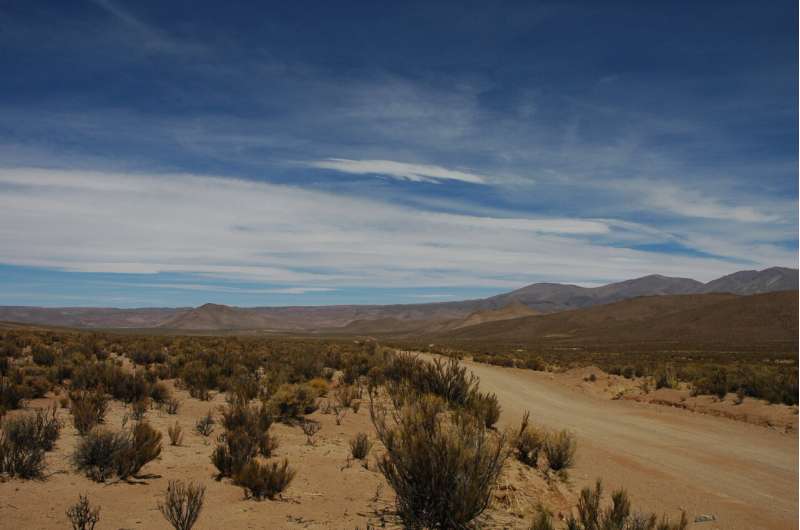Natural factors predominantly drive desertification in Central Asia, study reveals

Sadie Harley
scientific editor

Robert Egan
associate editor

A study led by Prof. Tao Hui from the Xinjiang Institute of Ecology and Geography of the Chinese Academy of Sciences has revealed that natural environmental factors are the predominant drivers of desertification across Central Asia. This study was published in .
By integrating four decades' worth of multi-source remote sensing data, meteorological records, and socioeconomic statistics, the researchers analyzed the spatiotemporal dynamics of desertification in Central Asia. They then employed a nonlinear Granger causality framework to quantify the relative contributions of natural and anthropogenic factors.
The analysis showed that between 1982 and 2020, approximately 14.81% of Central Asia's drylands experienced desertification. Notably, natural factors accounted for 69.1% of the total desertified area, while human activities contributed 30.9%.
Among natural influences, snow water equivalent emerged as the dominant driver of land degradation in ecosystems such as croplands, grasslands, shrublands, and bare lands. Meanwhile, rising temperatures were identified as the leading factor in forest degradation.
This study provides crucial insights into the complex processes driving desertification in Central Asia's vulnerable dryland, highlighting the need for region-specific land management and ecological conservation strategies.
More information: Yabin Wei et al, Natural and anthropogenic contributions to desertification in Central Asia, CATENA (2025).
Provided by Chinese Academy of Sciences



















